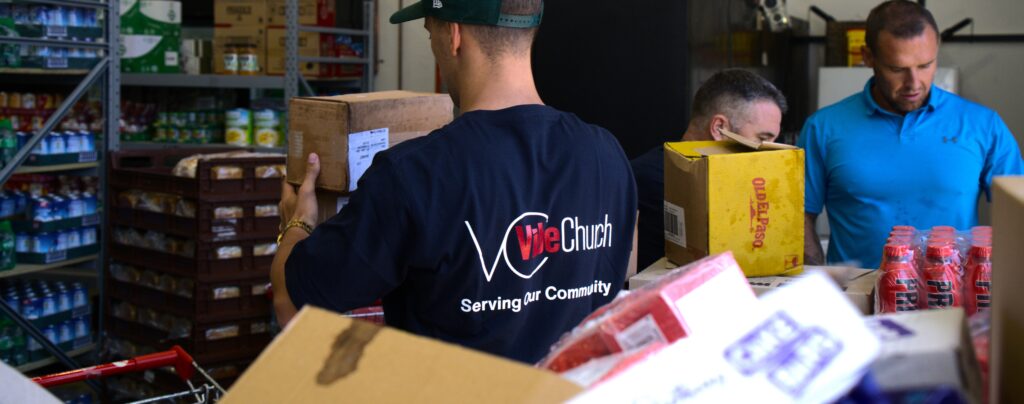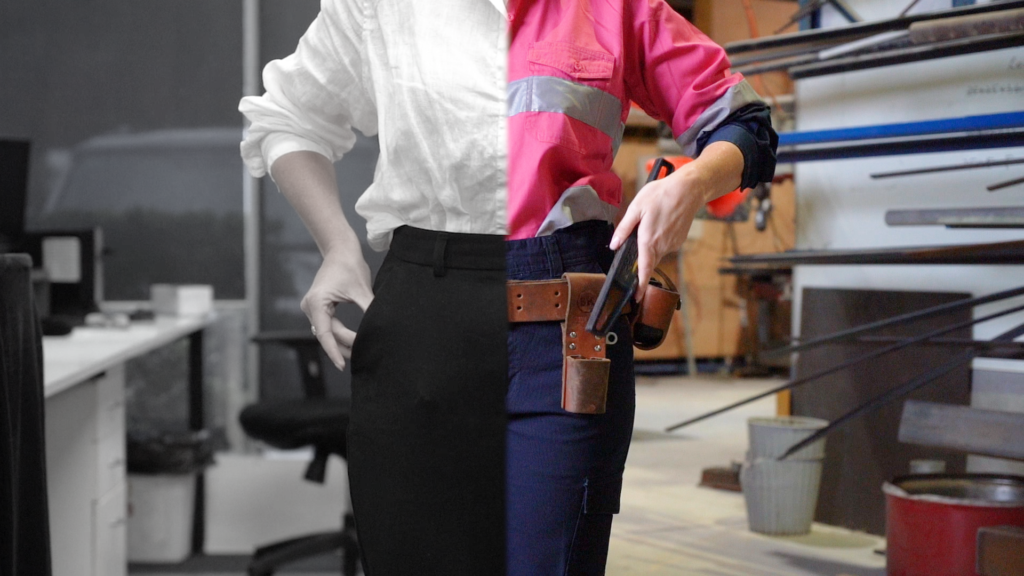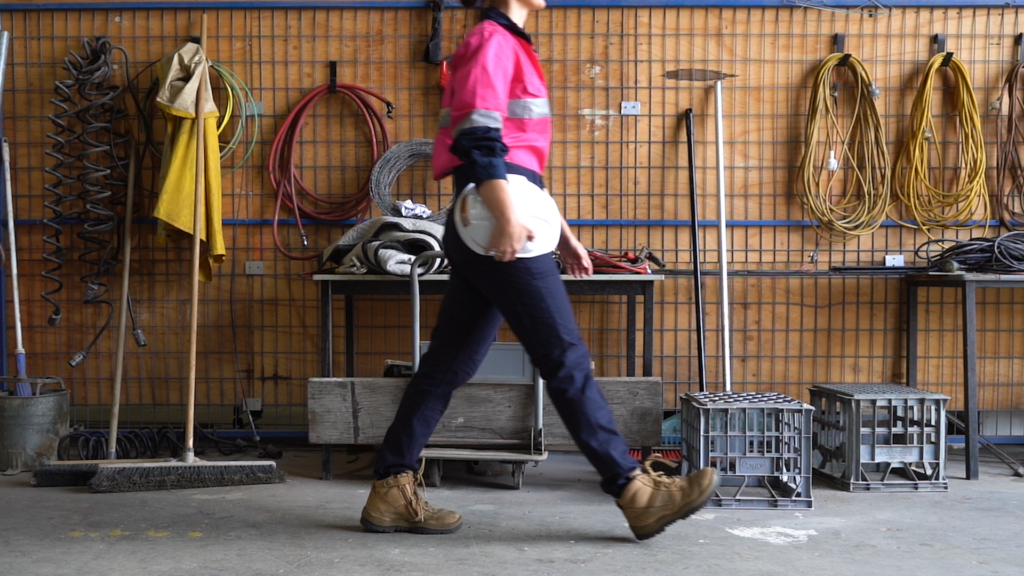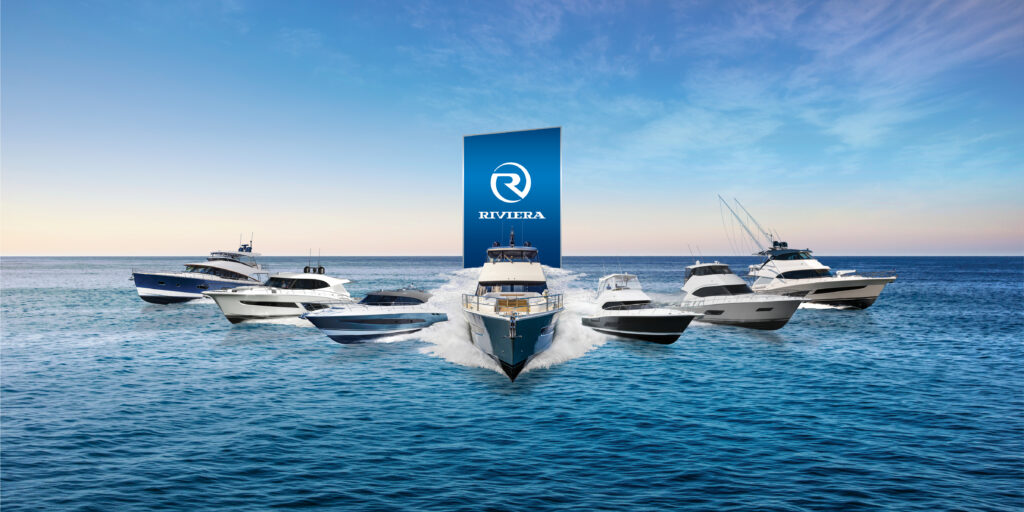Popular Posts
Whether you’re working in construction or mining, or in a trade that requires high risk work (HRW), high risk licensing is something you will already be familiar with. However, if you’re new to workforce, you may be unaware of what sort of licence you need around a work site.
Here’s the low down on high risk work licence courses and where they can take you in your career.
What Qualifies as High Risk Work (HRW)?
High risk work (HRW) or a high risk workplace is one where the nature of the work involves high-risk activities and processes. This includes construction sites and major hazard facilities, such as oil refineries or chemical plants, and work that involves activities such as crane operation.
To work in such environments, you’ll need to understand your high risk licensing requirements. When working in areas of high risk, safety is paramount, and compliance is non-negotiable.
In order to gain a high risk work licence (HRWL), you will need to enrol and need to have passed your HRWL assessment. From here you then have to apply for your licence with Work Safe QLD within 60 days or you will need to completed the course again.
Major Training Group aims to help raise the bar with quality education and training solutions when it comes to high risk work licenses in QLD. Here are the high risk work licence courses we offer across our locations in South East Queensland.
EWP License & Forklift Licenses
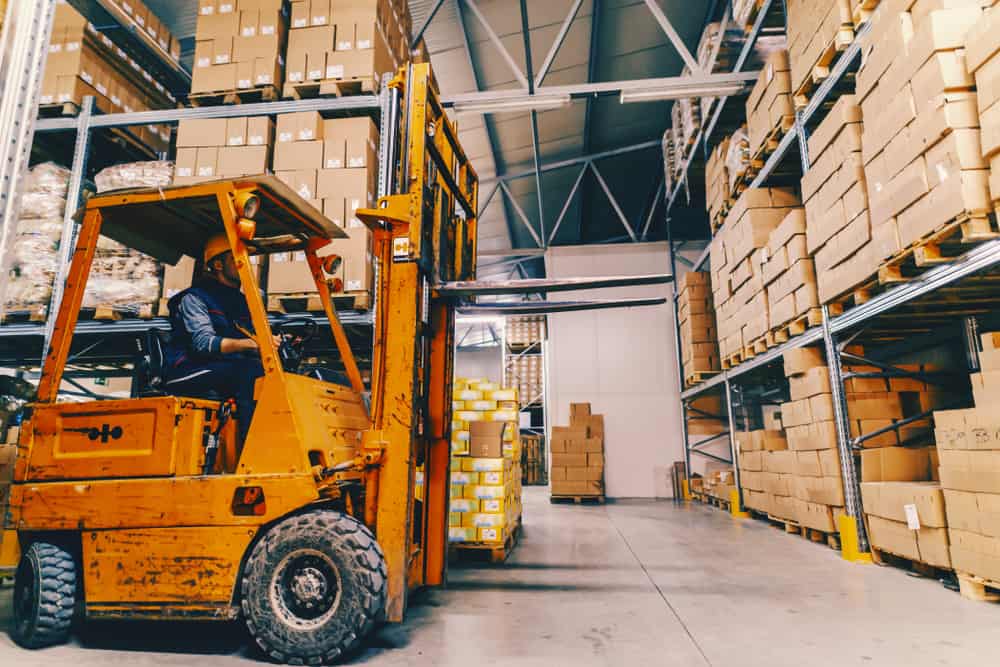
An EWP license – short for elevating work platform license – allows you to safely operate an elevated work platform in a range of trades including building, construction, mining, forestry, demolition, and more. If you are working on an EWP under 11 meters, you do not require a high-risk license – however, it’s best to be assessed as competent before operating.
An EWP over 11m high risk work licence course will enhance your skillset so you can gain employment or start a new career path. Within this course, you will learn the skills and knowledge required to safely operate a boom-type elevating work platform where the length of the boom is 11 meters or more.
A high risk forklift licence is a great way to get qualified to work safely and effectively. It also teaches you how to safely plan forklift work, how to conduct routine checks on a forklift truck, shift loads in a safe manner, and how to safely shut down and secure equipment after completing operations.
Dogman License
A dogman is invaluable to any construction site, being the eyes of a crane operator in difficult situations. They guide the crane driver using whistles, radios and other signals. If you wish to partake in any kind of dogging, a dogman license is required. This is because moving or “slinging” a load requires more than just figuring out the correct combination of chains or cables. In order to safely move a load, you also need to factor in the suitability of the lifting gear alongside the best method of slinging. Additionally, you will need to be able to correctly assess a load’s mass and center of gravity.
CPCCLDG3001 License to Perform Dogging will get you up to speed when it comes to moving loads correctly.
Scaffolding Licenses
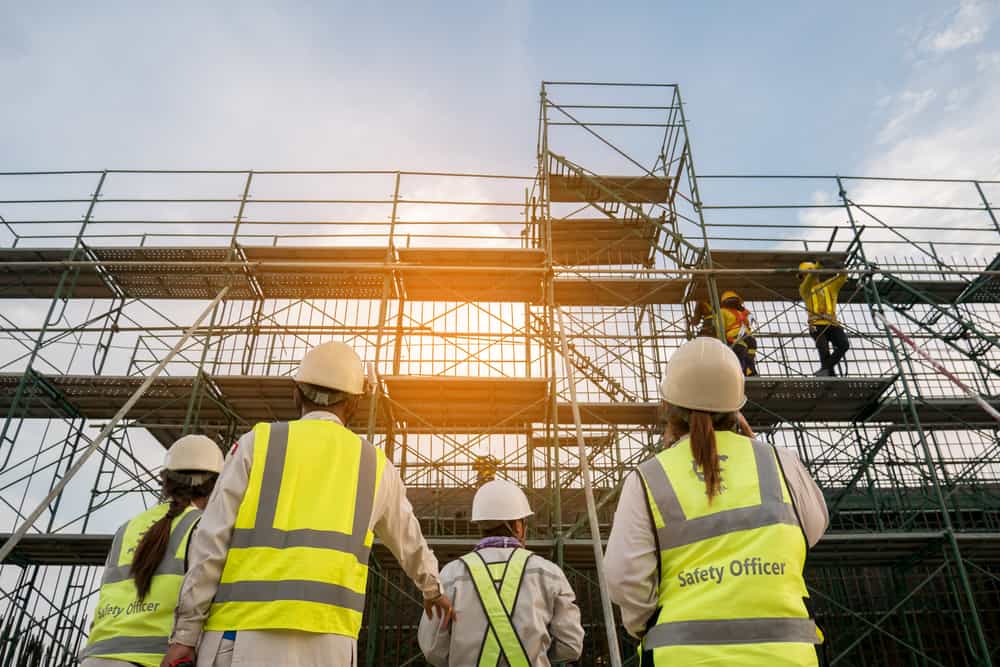
Another useful high risk work license course, a scaffolding license allows you to build up from basic to advanced levels and get more complex construction skills that you can use across QLD and other states of the country. With a scaffolding license, you will be able to safely construct the right working platforms for a variety of construction sites and other industry work. Your scaffolding ticket provides you with the right training to understand what you are responsible for when constructing these work platforms.
Crane Licenses
Holding a crane license gives you access to a myriad of career options. From a slewing crane license that allows you to better manipulate a load, to simpler vehicle-loading cranes, the correct crane license gives you a foot in the door when it comes to working a range of industries.
Rigging License
Last but not least, a rigging license qualifies you for a range of work, including structural steel erection, movement of plant, hoists, and mast climbers, and cantilevered crane loading platforms. Dogman and rigging courses often complement one another, with CPCCLRG3001 Licence to perform rigging basic level being the next step up from a dogman license. As you progress through your rigging licensing, you’ll learn more advanced techniques, such as the rigging of cranes and the inspection of tilt panels.
Whichever high risk license you need, trust Major Training to equip you with the knowledge and skills needed to get the job done. Talk to us today about our high risk licensing courses, with training centers in four locations and government funding available.

